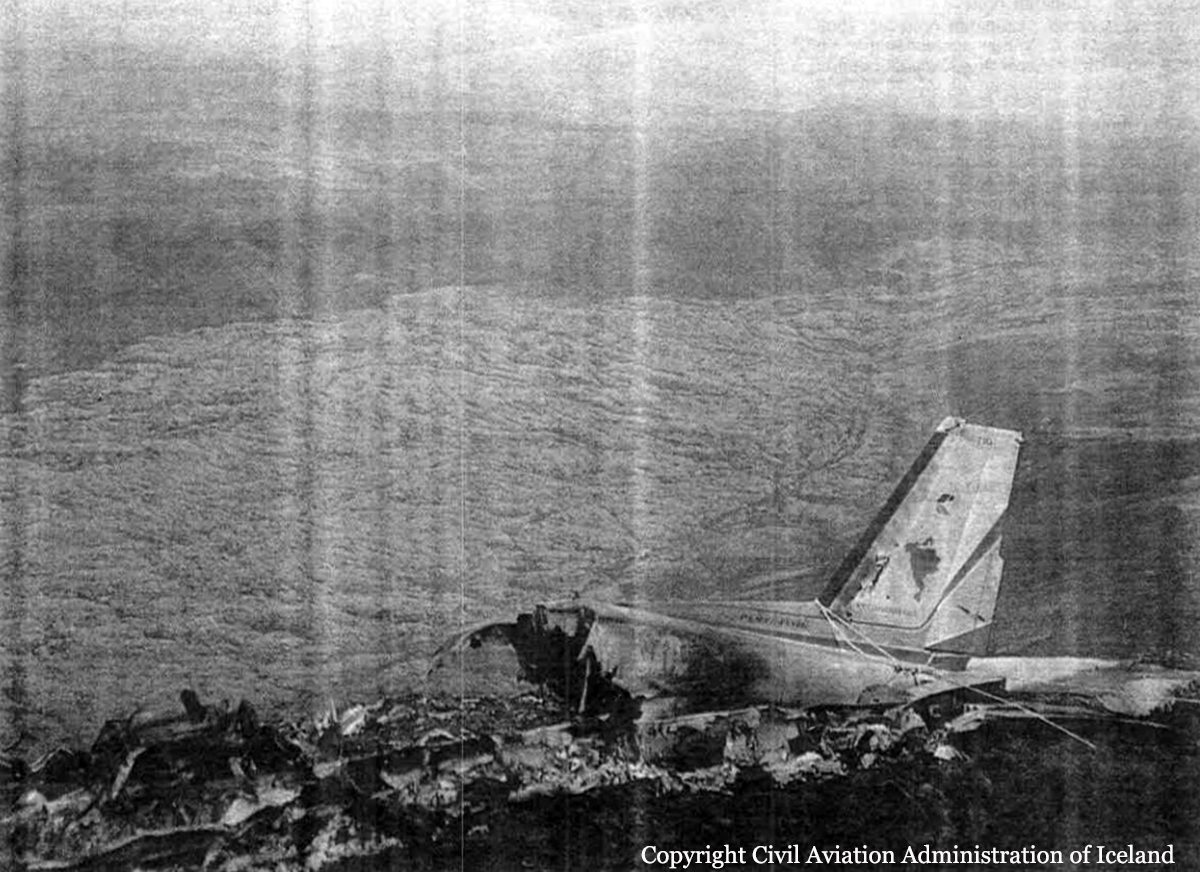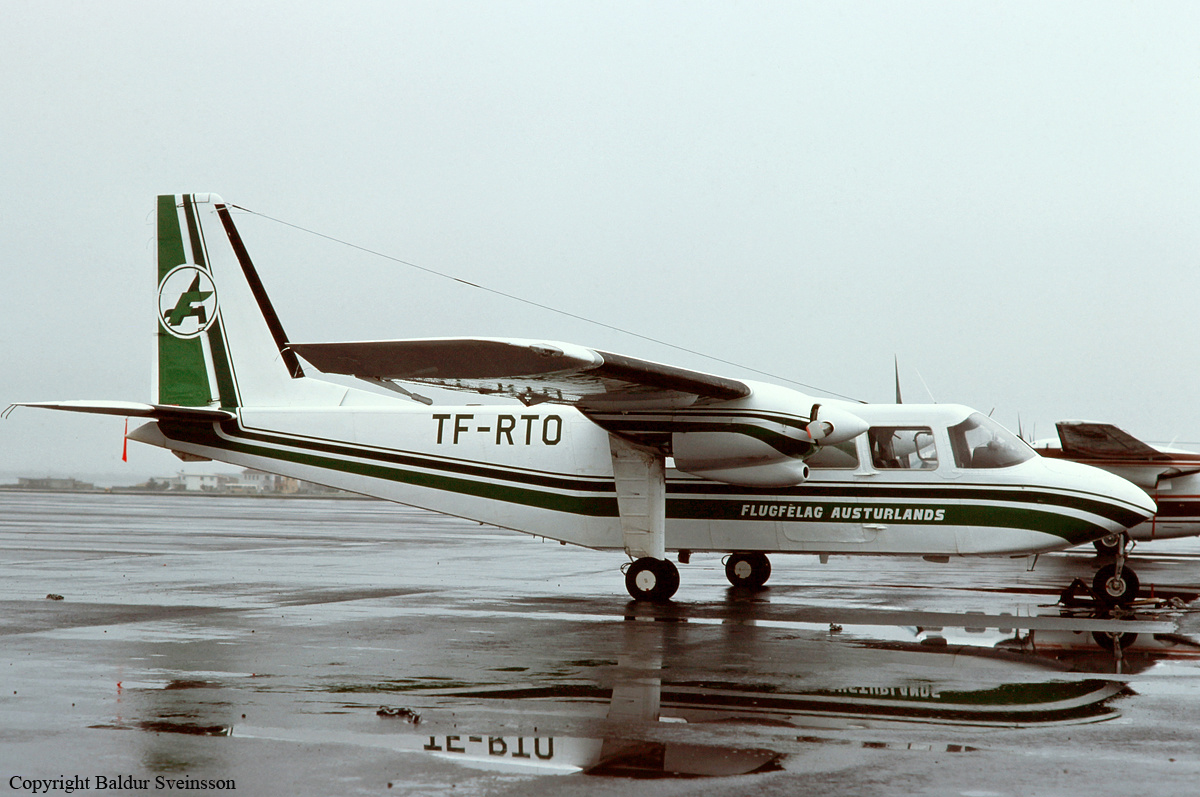Crash of a Partenavia P.68C on Mt Geitarhilđ: 1 killed
Date & Time:
Jun 30, 1995 at 1416 LT
Registration:
TF-VEN
Survivors:
No
Schedule:
Reykjavik - Selfoss
MSN:
284
YOM:
1983
Crew on board:
1
Crew fatalities:
Pax on board:
0
Pax fatalities:
Other fatalities:
Total fatalities:
1
Captain / Total hours on type:
15.00
Aircraft flight hours:
2824
Circumstances:
The twin engine aircraft departed Reykjavik Airport on a schedule flight to Selfoss, Southern Region. While flying under VFR mode in IMC conditions, the pilot failed to realize his altitude was too low when the aircraft struck the slope of Mt Geitarhilđ located near Lake Kleif, about 20 km south of Reykjavik. The aircraft was destroyed by impact forces and a post crash fire and the pilot, sole on board, was killed.
Probable cause:
Controlled flight into terrain.
Final Report:












